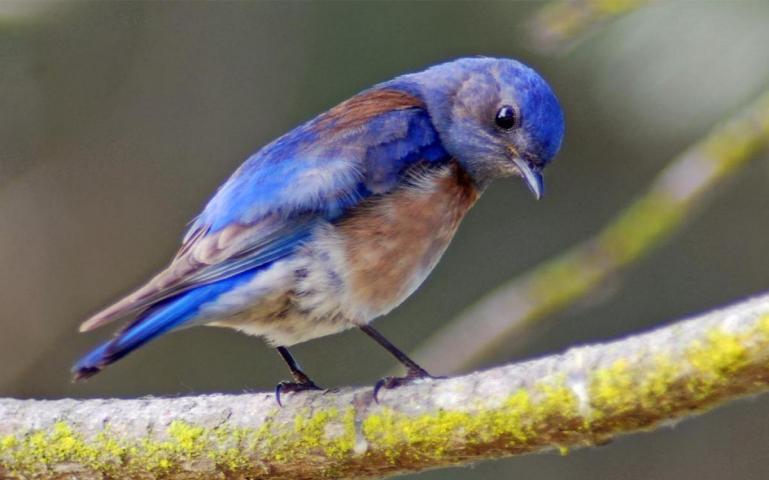
A major study earlier this year showed something incredible. Looking at 492 protected areas in the United States, researchers found that 62 percent of the parks, wilderness areas, and green spaces were twice as loud as they should be. About 21 percent were 10 times as loud. Noise isn’t just annoying—chronic exposure to traffic, generators, and airplanes can lead to negative consequences for wildlife. Researchers like Nathan Kliest are just getting a handle on exactly how all that noise impacts animals. Kliest, formerly of the University of Colorado Boulder and now at SUNY Brockport, recently investigated the impact of chronic noise on birds in the Southwest.
Kleist and his colleagues found that a perfect experiment was already underway in the San Juan Basin of northern New Mexico. While much of the area is owned by the Bureau of Land Management and is uninhabited, the piñon and juniper flats are dotted with gas-extraction wells. While some of the wells run more or less silently, others have very loud compressors that emit a nonstop hum in a range that overlaps with the frequency of many bird vocalizations.
In a previous study, researchers had already looked at how the noise from these compressors affects birds, finding that the constant hum altered which birds nested in the nearby area. Noise-tolerant species moved closer to the sites while more sensitive species fled the area. But Kleist wanted to examine the physiological effects of noise pollution on the birds.
He built 240 nest boxes by hand and placed them at 12 pairs of gas wells in the Rattlesnake Canyon Habitat Management Area. One site in each pair had a droning compressor while the other was more silent. Then, over the course of three years, he monitored three cavity-nesting species that used the boxes: the western bluebird, the mountain bluebird, and the ash-throated flycatcher. Kleist collected blood samples from adult female birds and chicks and assessed the body size and feather length of nestlings each breeding…





